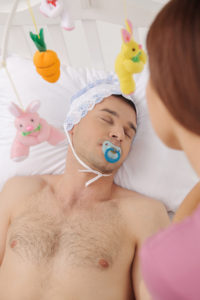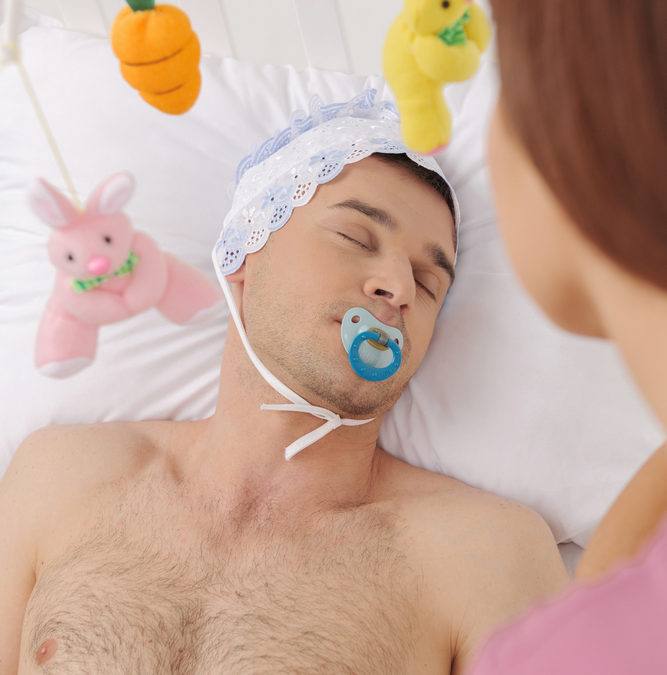Any parent will tell you that not all babies sleep ‘like a baby’. Initially they might sleep well as they enter the world exhausted from childbirth and milk ‘drunk’ from a good breast or bottle-feed! As a parent, teaching your child how to sleep is one of the first things you can teach your child (without the use of dummies, bottles etc). It is not easy (well maybe for some) and requires you to be calm, consistent and confident (as I was told)! 
Here are five things I’ve learnt about teaching a baby to sleep that are helpful for us adults too:
- Prepare for sleep with the same routine – babies need a little wind down time before their day naps and a pre-sleep ritual before nighttime sleep. Softer voices, quiet play, a story and a cuddle. We are similar as adults and it helps to have some quiet time prior to retiring and a pre-sleep ritual before bedtime. Turn devices off at least an hour before bedtime, switch your lights to candles, have a cup of tea, a quick massage (if you have a willing partner) and pick up a good book!
- The environment – babies often sleep better in a darker environment, without sudden or loud noises. Close the blinds, make it a pleasant temperature and place them in the same cot or pram, which is familiar, to them. As adults, we also require a dark environment by turning off lights, electronic devices and closing blinds. This stimulates melatonin levels, allowing us to fall asleep easier (read the last article here for more about melatonin levels).
- A place just for sleep – we were advised to not bring toys into the cot for our baby. They learn that it is not a place to play, but purely a place to sleep. You only put your baby in their cot when you expect them to sleep and take them out when they are awake. Our bed should also be kept as a place for rest and relaxation. Avoid taking work, study or electronic devices to bed helps to prevent confusing this place of rest with activity and entertainment.
- Temperature and bedding – there is no ‘ideal’ temperature according to Sids and Kids, however the baby must be dressed appropriately for the room or outdoor temperature. This was made clear to me when I discovered that in some childcare centres in Sweden they sleep their babies outside unless it was cooler than minus 15 degrees! For us adults, a cooler room is definitely better than a room too warm. Layers of lightweight blankets are generally regarded to be better than one doona to allow for adding or removing layers easily according to the temperature.
- Babies love routine – it helps to put your babies and children down for their sleeps at a similar time every day (within 30 minutes or so). As adults it also helps to go to bed and wake at a similar time every day. This helps to regulate your circadian rhythm (a biological process that regulates the sleeping and feeding patterns of animals including us human beings).
Try applying these tips to regulate your circadian rhythm and to have a good night’s rest!
Article written by Dr Melanie Woollam (Osteopath)
References:
www.sidsandkids.org

